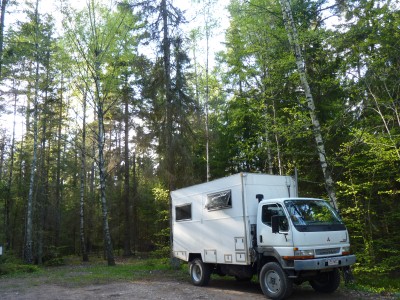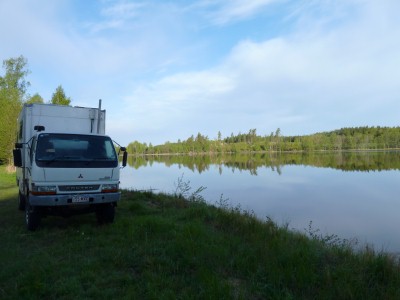
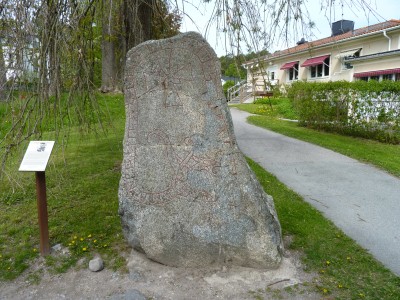
They are located throughout the middle of town and in the surrounding countryside.
An old Viking roadway past through the town.
Dating from 970 AD the town still has the original layout, just the lake level changed a bit. The tourist info describes it as Sweden's first town.
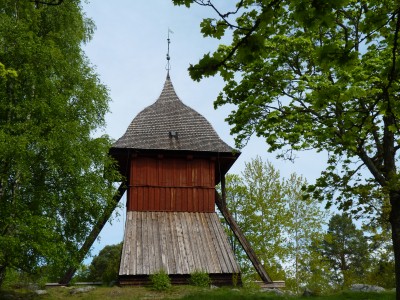
Its common in Scandinavia to separate the bell tower from the church. The bell towers are often wooden.
We figured it was a nice idea. Presumably the faithful inside the church aren't deafened by the bells while the unfaithful outside may be.
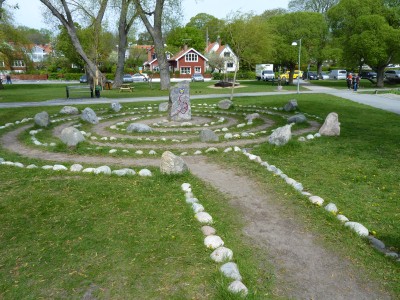
We first saw one (less well defined) outside the church at Rok.
The origins are somewhere in pagan times.
Labyrinths are described by the number of walls. This is a simple one. We're not really sure what constitutes a wall, whether a circuit or a continuous line..
The older ones seem to be sited on eskers (sand dunes formed under glaciers) and near old small communities. Some also seem to have been created as communities merged to become larger.
The description next to the labyrinth at Rok suggested they were near churches, which makes it all rather confusing for us!
Through stories of springtime meetings of male and female, or earth and sky deities, labyrinths have been associated with fertility.
There's also thoughts of connections to labyrinths around pre-Roman Mediterranean Sea. Plus the writings of the Roman Tacitus who described some ceremonies in this part of the world..
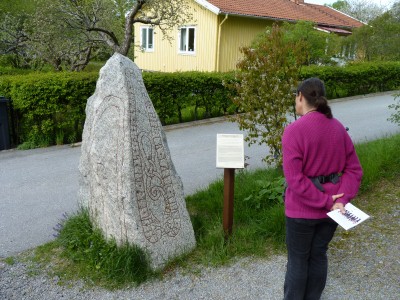
Which required intense study.

This surely is how all picket fences should be made. Pickets perfectly equally spaced and aligned horizontally.
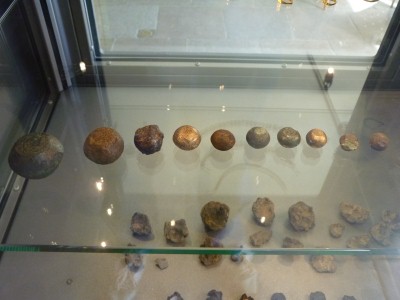
This is a collection of weights.
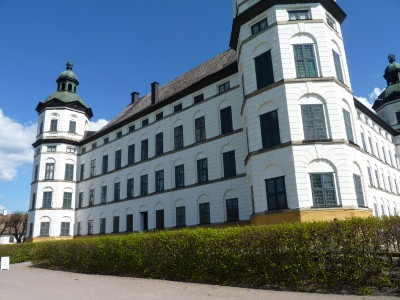
18th century stately home on the lakeside.
We are about 30km north of Stockholm and access would originally have been by water.
Lake Malaren was originally a bay of the Baltic Sea before being cut off by rising land and falling sea in about 1300 AD.
Which perhaps partly explains how there are so many bronze, iron, pagan, viking, remnants in the area.
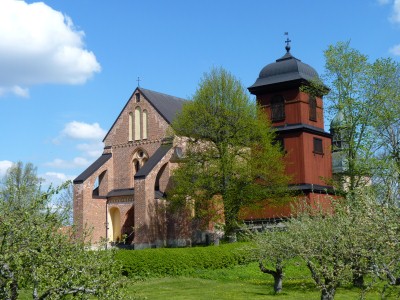
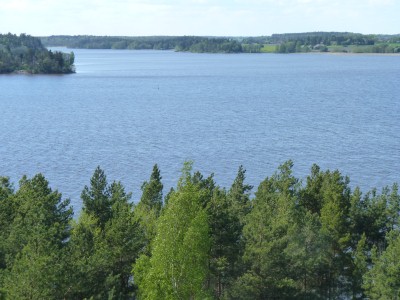
Skolklosters was a bit busy and we weren't comfortable staying in the car park overnight.
The nature reserve was at the end of a gravel track and completely empty of people.
We walked along the ridge.
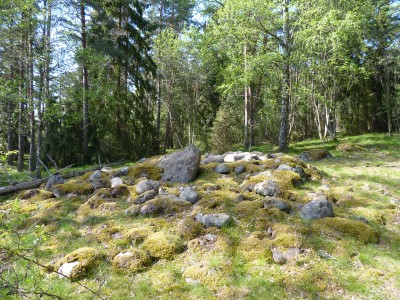
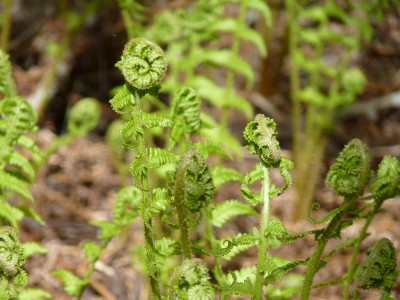
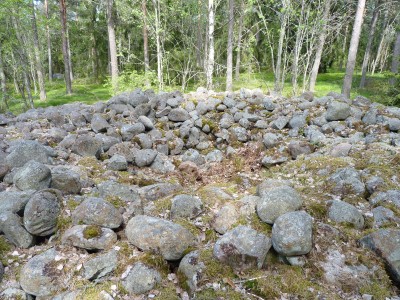
While Ali stayed on the track, so I could find my way back, I walked onto the top of the ridge.
This rather large and luxurious burial mound was only a couple of hundred feet from the track but well hidden by trees.
Circular with a dip in the middle.
